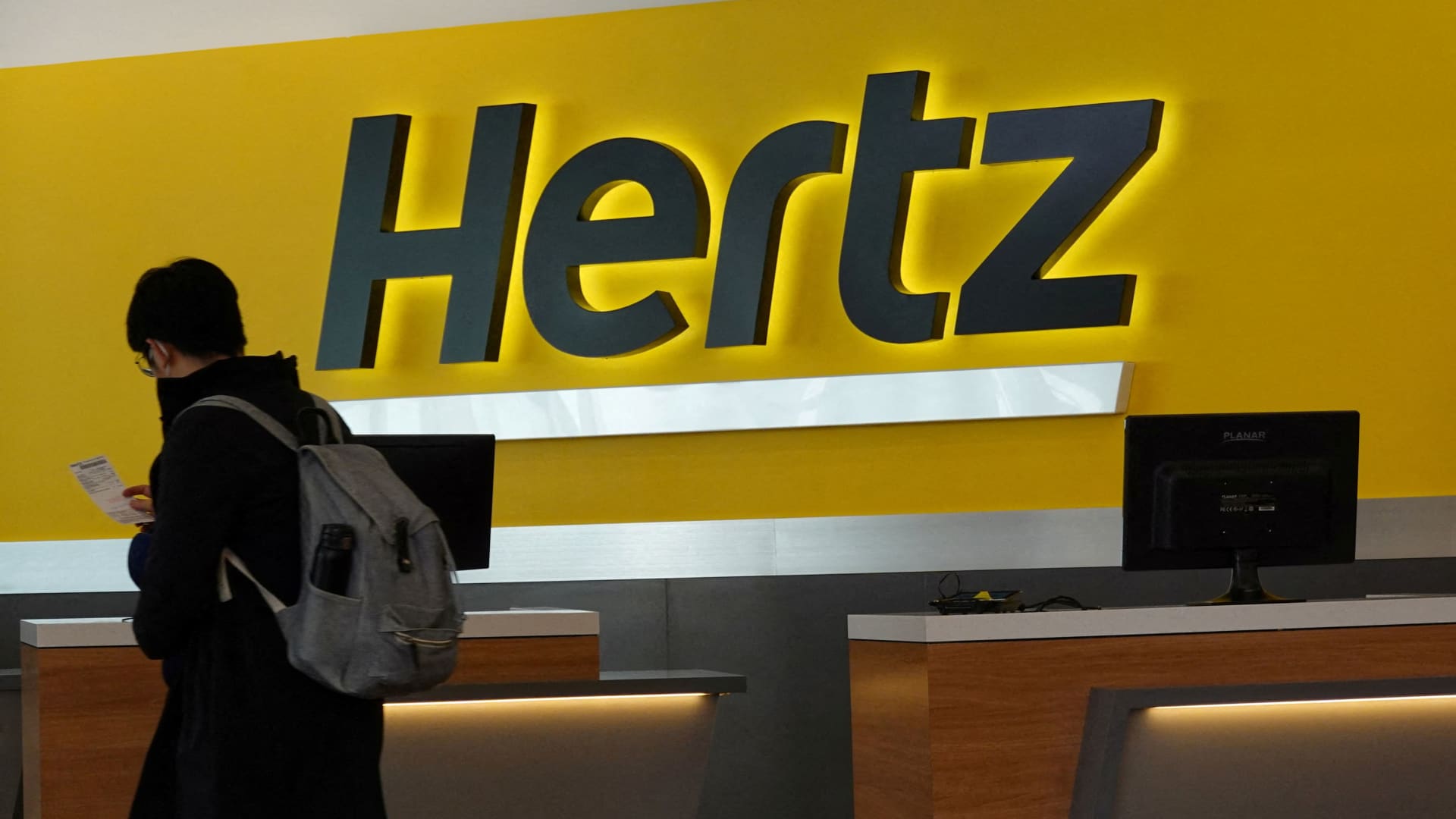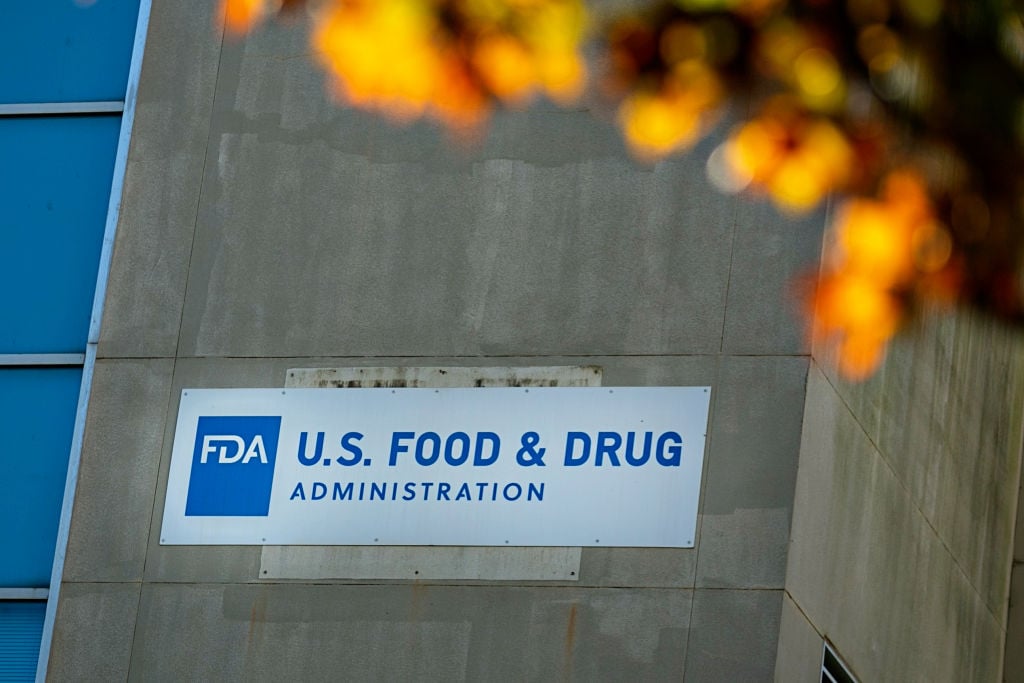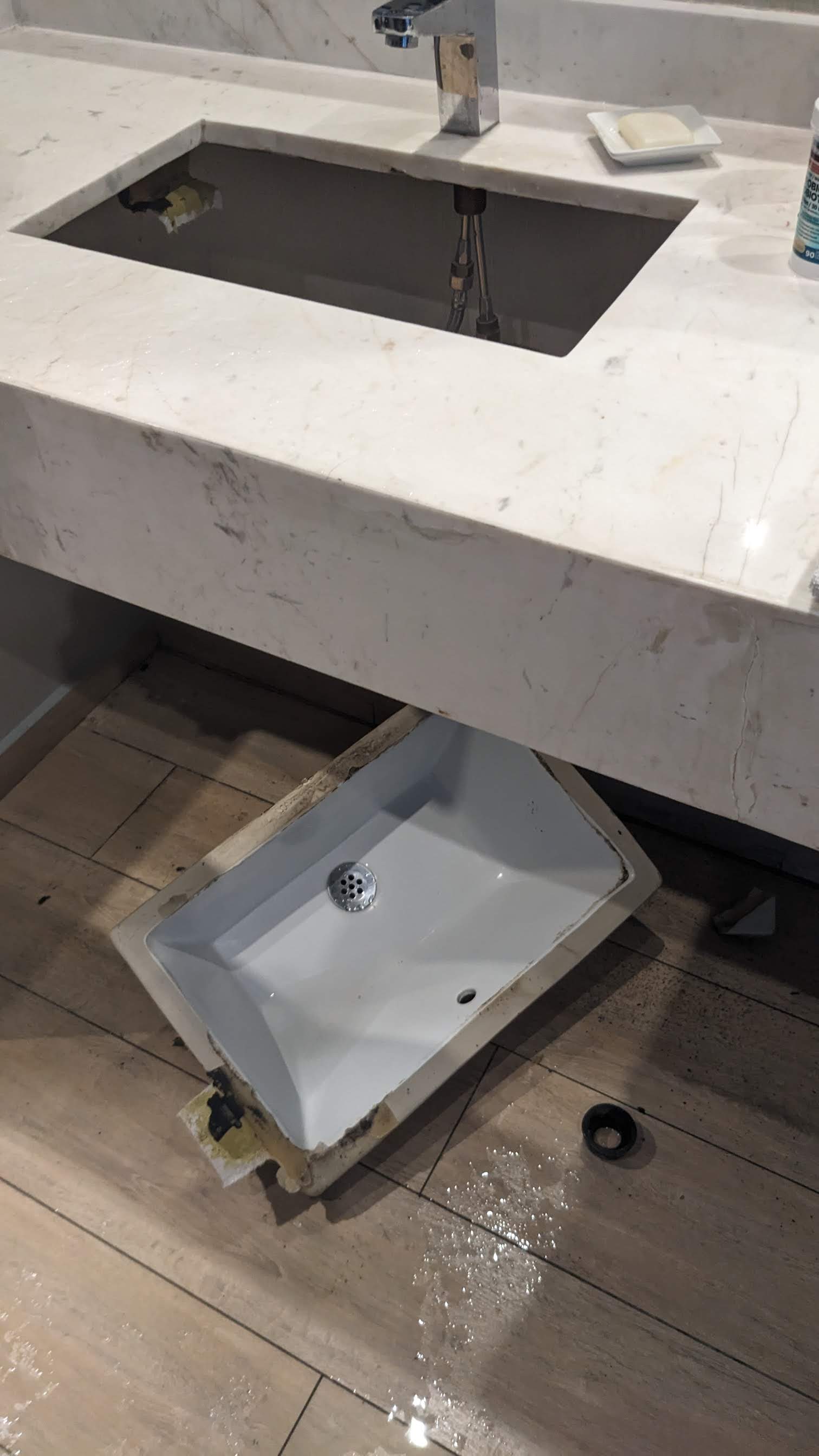How to Pass a DOT Audit in 2025 Without Losing Sleep
Facing a DOT audit in 2025 doesn't have to be a nightmare. Learn how fleets can stay ready year-round, avoid common audit pitfalls and keep their trucks rolling smoothly without regulatory worries. The post How to Pass a DOT Audit in 2025 Without Losing Sleep appeared first on FreightWaves.

Fleet compliance is like a diet; it has to be a lifestyle change. It has to be consistent over time. When it’s not, it fails, and those failures can have serious effects on your business. One of those effects might be a compliance review, aka, an audit. For small fleet owners, owner-operators and trucking managers, a DOT audit can feel daunting and threaten their business and livelihood. Whether you run a single truck or manage a small fleet, preparing for an FMCSA compliance review or DOT audit is critical to avoiding costly fines, maintaining your operating authority and ensuring your business stays rolling. With audits happening unexpectedly, trucking professionals must remain proactive to survive one without losing sleep.
Understanding DOT Audits and What’s at Stake
The Federal Motor Carrier Safety Administration regularly conducts audits, officially called compliance reviews, to ensure trucking companies follow federal safety regulations. These audits dig deeper than roadside inspections, thoroughly examining your safety records, driver qualification files, hours-of-service logs, vehicle maintenance files, and drug and alcohol testing compliance.
Failure isn’t an option. A satisfactory rating after an audit shows you have robust safety practices in place. A conditional or unsatisfactory rating, on the other hand, can seriously damage your business. Conditional ratings mean higher insurance premiums and potentially lost freight from brokers or shippers. An unsatisfactory rating is even more severe; it can shut down your business entirely. According to FMCSA data, approximately 20% of compliance reviews have resulted in conditional or unsatisfactory ratings in recent years, emphasizing the importance of ongoing preparedness.
What Prompts a DOT Audit?
New fleets must undergo a New Entrant Safety Audit within their first year of operation, so establishing compliance measures, systems, and procedures is essential from the start. Fleets in general can be selected for a full or focused compliance review due to:
- High Compliance, Safety and Accountability (CSA) scores.
- Repeat violations during roadside inspections.
- Major crashes.
- Complaints from drivers or customers.
Key Areas of DOT Audit Focus and How to Stay Prepared
DOT compliance reviews follow a process from the FMCSA, which is laid out in the Electronic Field Operations Training Manual (EFOTM). Audits focus on several crucial areas to ensure your fleet is audit-ready:
Driver Qualification (DQ) Files
DOT auditors thoroughly examine driver qualifications to ensure drivers hold valid CDLs, current medical certifications and clean driving histories. Your DQ files should contain:
- Driver application with previous employer checks.
- Copy of valid CDL and endorsements.
- Medical Examiner’s Certificate (MEC) and registry verification.
- Motor Vehicle Record (MVR) is reviewed annually.
- Certificate of road test or equivalent.
- Driver safety performance history.
Hours-of-Service Compliance
Hours-of-service violations are among the top reasons trucking companies fail audits. Maintaining accurate records through FMCSA-approved electronic logging devices and regularly reviewing logs for discrepancies is critical. Ensure your drivers understand the ELD system and that your fleet’s data is correctly stored and accessible. Auditors will request:
- Records-of-duty status (RODS) for the past six months.
- Supporting documents (fuel receipts, toll records, bills of lading).
- ELD user manuals and instructions for drivers.
- Documentation of HOS training provided to drivers.
Vehicle Maintenance and Safety
Vehicle safety and maintenance records are also scrutinized. Keep meticulous documentation of regular vehicle inspections, repairs and routine maintenance. Pay extra attention to brakes, tires, lights and safety equipment. Issues in these areas frequently lead to violations. Essential maintenance documentation includes:
- Daily driver vehicle inspection reports (DVIRs) for the past 90 days.
- Scheduled and unscheduled maintenance records.
- Annual vehicle inspection reports.
- Documentation of repairs and replacements (brakes, tires, lights, etc.).
- Preventive maintenance schedule and policies.
Drug and Alcohol Testing Compliance
Your drug and alcohol testing program must align strictly with FMCSA rules. Random testing compliance and preemployment tests are particularly important. Make sure your drug and alcohol policy is clearly documented and enforced, and ensure you’re conducting the required Drug & Alcohol Clearinghouse queries annually and at hiring. Auditors expect:
- Company drug and alcohol policy document.
- Preemployment and random test results.
- Random testing roster and selection process.
- Annual Drug and Alcohol Management Information Systems (MIS) data summary reports.
- FMCSA Clearinghouse annual queries.
- Supervisor training records for reasonable suspicion testing.
Accident Register and Documentation
FMCSA requires all DOT-reportable crashes to be documented clearly in your accident register, accompanied by appropriate supporting documents. Maintain:
- An accident register listing all reportable crashes within the past three years.
- Police accident reports, witness statements and driver statements.
- Evidence of post-accident drug/alcohol testing, where applicable.
General FMCSA Documentation and Filings
Beyond driver and vehicle specifics, auditors will request company-level records including:
- Current MCS-150 form filed within the past 24 months.
- Proof of financial responsibility (insurance filings, forms BMC-91 or BMC-91X).
- USDOT number registration documents (MC numbers discontinued in October 2025).
Recent Audit Changes You Should Know About
FMCSA has recently strengthened audit procedures. For instance, since November 2024, state driver licensing agencies must automatically downgrade CDLs of drivers prohibited in the Drug & Alcohol Clearinghouse. Also, effective June 2025, medical examiners are required to electronically submit DOT physical exam results directly to FMCSA’s National Registry, eliminating paper certificates and placing additional emphasis on electronic record-keeping accuracy.
Eliminated Requirements and Reduced Regulatory Burdens
The return of President Donald Trump’s administration in 2025 has already brought about significant deregulation. Notably, the Beneficial Ownership Information (BOI) reporting requirement, widely criticized by truckers and small businesses as burdensome, has been rolled back. Eliminating this obligation simplifies administrative processes, reducing paperwork and overhead, which is particularly beneficial for small fleets.
How Small Fleets Can Stay Audit-Ready
Preparing for a DOT audit should be a routine part of your trucking operation. Establishing a system for organizing critical compliance documentation, such as driver qualification files, HOS logs and maintenance records, can simplify audit preparations. Regular self-audits and mock DOT audits can help spot and correct potential violations long before an FMCSA auditor knocks on your door.
Many companies find engaging third-party compliance consultants who can provide mock DOT audits beneficial. These mock audits highlight gaps, provide corrective action plans and minimize your chances of negative outcomes. Proactive audits also demonstrate a good-faith effort toward compliance, which can significantly influence the results of a real FMCSA review.
What Happens After the Audit?
If your audit doesn’t go as planned, it’s not the end of the road. FMCSA allows carriers to appeal ratings or request upgrades by demonstrating they’ve corrected violations through detailed Safety Management Plans. Civil penalties can be challenged or negotiated down if approached correctly. Always respond to FMCSA promptly, fully document your corrective actions and take proactive steps to show your compliance efforts. Things to consider:
- Request an upgrade by documenting corrective actions.
- Appeal civil penalties, negotiate fines, and demonstrate proactive safety management improvements.
- Develop a detailed Safety Management Plan that FMCSA can review and approve.
Keeping the Rubber on the Road
Passing a DOT audit doesn’t need to keep you awake at night. Trucking is tough enough without worrying about regulatory fines and potential shutdowns. By staying proactive, conducting regular internal audits, staying organized, embracing electronic compliance tools and promptly addressing problems, you can keep your fleet running smoothly, safely and profitably.
Attorney Brandon Wiseman, president of Trucksafe Consulting, says: “I can’t overemphasize to fleets the importance of understanding a DOT compliance review’s mechanics and potential implications. Being proactive and taking time to study the methodology behind these audits and the types of violations that can lead to problems goes a long way to protect your safety rating and compliance posture.”
Above all, preparation is your best defense. Don’t wait until you’re under review. Make DOT compliance part of your daily operations. With the right preparation, passing a DOT audit in 2025 will be less about losing sleep and more about ensuring your fleet stays safe and successful.
The post How to Pass a DOT Audit in 2025 Without Losing Sleep appeared first on FreightWaves.























































































































































